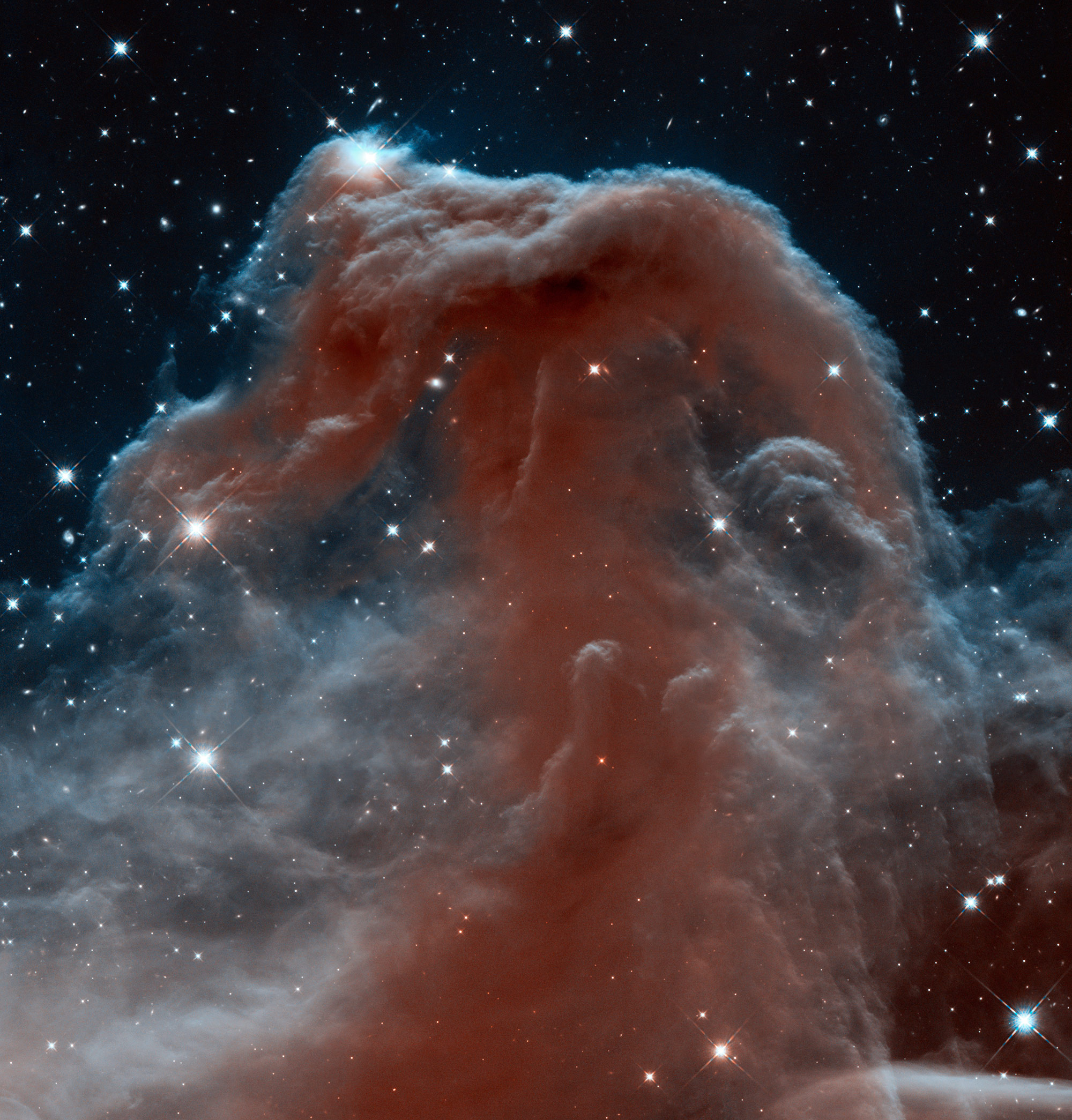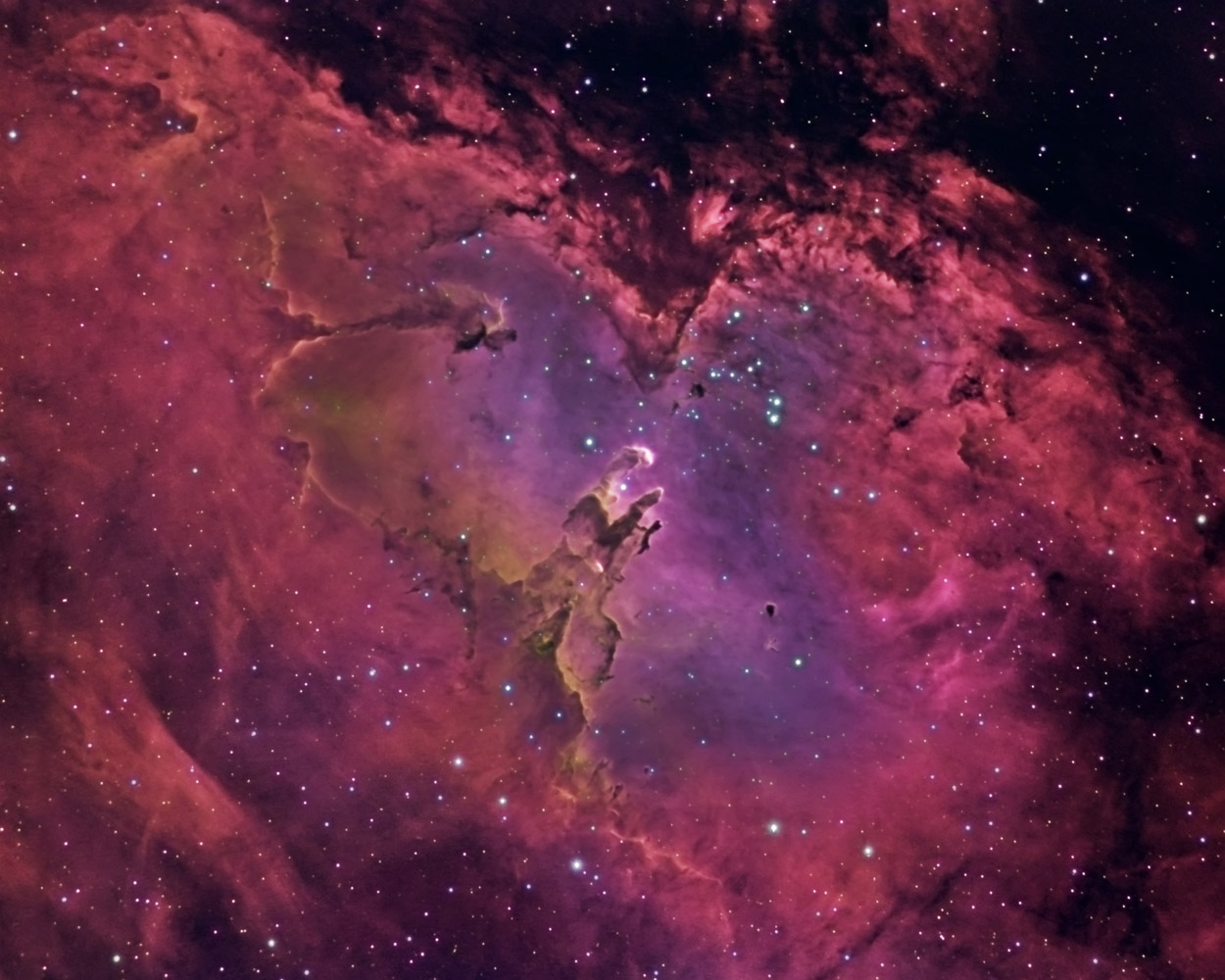New understandings of space call for new cosmic stories
By Rev. E. Maynard Moore, PhD
President, WesleyNexus
Several days ago, many people around the world were treated to a shower of “shooting stars,” an event that scientists identify at the Perseid meteor shower. In fact, 2018 was an excellent year for observation, because the new moon of August arrived in Saturday the 11th this year, perfectly timed to bring dark, moonless nights at the shower peak period. The earth passed through the shower’s richest display about 9 p.m. Eastern time on
 The Perseids no longer hold the title of the "most prolific" of the annual meteor displays; the December Geminids now produce meteors in greater numbers. But the Perseids are still the most popular because they appear during balmy summer nights as opposed to the wintry Geminids. Of course, the Perseids are not stars dropping from their fixed positions in the sky. Rather, they are tiny flecks of material that were shed by Comet Swift-Tuttle each time it swept past the sun. Comet Swift-Tuttle was discovered during the summer of 1862 by Lewis Swift, an amateur astronomer based in New York, and Horace Tuttle, a professional astronomer at the Harvard College Observatory. The comet has an orbital period of roughly 130 years and was last sighted in December 1992. Its next expected return is slated for August 2126.
The Perseids no longer hold the title of the "most prolific" of the annual meteor displays; the December Geminids now produce meteors in greater numbers. But the Perseids are still the most popular because they appear during balmy summer nights as opposed to the wintry Geminids. Of course, the Perseids are not stars dropping from their fixed positions in the sky. Rather, they are tiny flecks of material that were shed by Comet Swift-Tuttle each time it swept past the sun. Comet Swift-Tuttle was discovered during the summer of 1862 by Lewis Swift, an amateur astronomer based in New York, and Horace Tuttle, a professional astronomer at the Harvard College Observatory. The comet has an orbital period of roughly 130 years and was last sighted in December 1992. Its next expected return is slated for August 2126.
The comet has likely circled the sun many hundreds of times and has left a "river of rubble" in its wake. Because the respective orbits of Earth and Comet Swift-Tuttle nearly coincide in the middle of August, Earth ends up sweeping through this rubble river. As we plow through the debris field, these tiny pieces of comet dust ram through the upper atmosphere at 37 miles per second. Friction with the atmosphere raises these particles to white heat and produces an incandescent trail of ionized gas, which leads to the "shooting star" effect.
This is one of the wonders of the natural world, and the science of astronomy has provided us with a thorough and accurate description of this phenomenon. That is an excellent example of what science does. But we were wondering – what did the ancients conclude about this phenomenon when they observed these flecks of light streaming through the sky. Of course, “shooting stars” was one such conclusion, but others would have attributed this phenomenon to divine activity, perhaps some conflict or battle among the gods? Who could blame them?
This common sense interpretation of heavenly activity would reflect widespread
Which raises a question for us. Given our knowledge of the expanding universe that is 13.7 billion years old, and our place somewhere in the mid-range of the “milky way” galaxy – itself one of millions or billions of galaxies, made up of billions of stars – what does this mean for our theology? Surely it makes no sense to speak of a “god up there” who “looks down on us” and occasionally lifts a finger on our behalf. So why do we persist, in our bible stories to children and in our sermons, in speaking this way? The answer is that we may be too lazy to think about alternatives. We at WesleyNexus believe it is time that we wake up to the challenge before us. Our young people have left the myths of the past behind, and reject the language on the ancients. But they have no way, no resources, with which they might fashion a coherent theology for the present and future.
Into the void steps the new
 But none of this builds a theology for the post-modern age in which we live. The Force is not the God of the Bible, but we have no clue as to how we might make the God of the Bible relevant
But none of this builds a theology for the post-modern age in which we live. The Force is not the God of the Bible, but we have no clue as to how we might make the God of the Bible relevant
Of course, there are some among us who are working on that project. One such is theologian Dr. Ted Peters, who co-edits with Robert John Russell the journal Theology and Science at the Francisco J. Ayala Center for Theology and the Natural Sciences at the Graduate Theological Union in Berkeley, California. Dr. Peters is a long-time friend of WesleyNexus, and recently sent us a
There is another prominent theologian who helps us navigate our way through the newly emerging cosmology: Dr. John Haught, emeritus professor of theology at Georgetown University, whose newest book The New Cosmic Story: Inside Our Awakening Universe (Yale, 2017, ISBN: 9780300-217032), offers a coherent framework within which we are called to theologize for our time. In this book, Haught provides an antidote to the pessimism that prevails in some circles concerning the human
What Dr. Haught is doing in this book, what is a task for all of us who provide a contemporary framework for Christian theology, is outlining a pathway for us to tell a new cosmic story – just as did the Hebrew writers who gave us Genesis to understand a
 Haught sees this understanding in terms of our aspirations. He says, “Viewed cosmically, religion is a new chapter in an impressive adventure of awakening…. The feeling of “being lost in the cosmos” that often accompanies religious subjectivity is not a signal that the cosmos is alien to us. Instead, our religious uneasiness is an indication that the whole cosmos is still estranged from its final destiny. From anticipation's dramatic cosmic perspective, religion, in spite of its seeming world-weariness, brings to conscious expression the incompleteness not just of our personal lives but also of an entire universe…. Instead of looking at religion psychologically, sociologically, or biologically, we are now poised to look at it cosmically and in accordance with the anticipatory vision…. The arrival of religion is the most dramatic episode of transformation ever to have taken place in cosmic history…. In modern times, before Darwin and Einstein altered our whole sense of nature, the cosmos more often than not seemed basically mindless and lifeless…. But such an idea, as we have seen, is self-contradictory. Its exponents fail to see how thoroughly their physicalist reading of nature sabotages trust in their own minds. Anticipation
Haught sees this understanding in terms of our aspirations. He says, “Viewed cosmically, religion is a new chapter in an impressive adventure of awakening…. The feeling of “being lost in the cosmos” that often accompanies religious subjectivity is not a signal that the cosmos is alien to us. Instead, our religious uneasiness is an indication that the whole cosmos is still estranged from its final destiny. From anticipation's dramatic cosmic perspective, religion, in spite of its seeming world-weariness, brings to conscious expression the incompleteness not just of our personal lives but also of an entire universe…. Instead of looking at religion psychologically, sociologically, or biologically, we are now poised to look at it cosmically and in accordance with the anticipatory vision…. The arrival of religion is the most dramatic episode of transformation ever to have taken place in cosmic history…. In modern times, before Darwin and Einstein altered our whole sense of nature, the cosmos more often than not seemed basically mindless and lifeless…. But such an idea, as we have seen, is self-contradictory. Its exponents fail to see how thoroughly their physicalist reading of nature sabotages trust in their own minds. Anticipation
Dr. Haught is a long-time member of the WesleyNexus Advisory
Americans have now been introduced to our ten new astronauts who will, each
